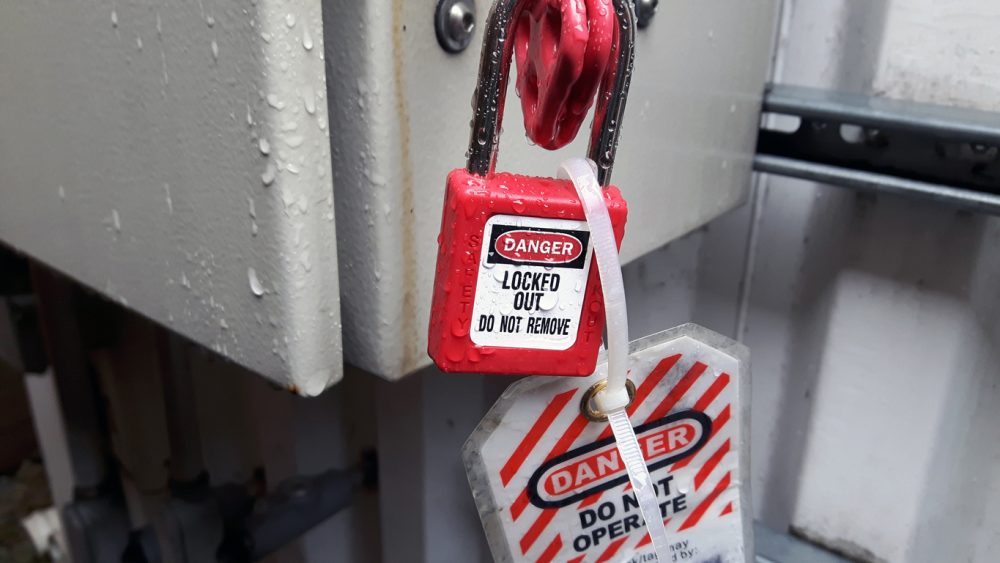Employers need to understand how important lockout and tagout procedures are to ensure safety on the job and that these procedures are only effective when employees follow through on all the steps in the full lockout/tagout process.
Workers may skip steps when they don’t fully understand the importance of what they’re doing. It can be difficult to break down and translate the importance of each step in a complex process such as lockout/tagout procedures.
So what can employers do when they find that their employees are skipping critical steps in the lockout/tagout process? They can utilize three major factors for lockout/tagout procedures to reach employees and communicate why following lockout/tagout procedures is important.
The key factors of lockout/tagout procedures are: to understand what they’re doing, how they’re doing it, and why.
NOTE: Only authorized persons should perform Lockout/Tagout procedures
What: Are Procedures Detailed and Accessible?
Lockout/tagout as a process requires precise steps to be followed in order to ensure the maintenance and service work can be completed safely. This is why it’s so important that the lockout/tagout procedures are easily understood by all authorized employees.
The lockout/tagout procedures should be thoroughly detailed so every authorized employee can follow the steps consistently. Any vague instructions or gaps between steps open up opportunities where vital checks and tests can be skipped—intentionally or mistakenly.
Taking the time to fully outline every point of the process standardizes the work and makes it easier to understand. This then guarantees that there are minimal knowledge gaps and makes it easier to verify the work is being done correctly every time.
How: How Current Are Your Lockout/Tagout Procedures?
Companies should regularly review their lockout/tagout procedures to make sure the information is still relevant and current for their needs. This also includes auditing lockout/tagout work to determine that the work is being completed correctly as expected. Up-to-date information is required if employers expect the work of their employees to be as safe as possible.
Workers who operate without the most recent or relevant information are also more prone to make policy errors. This includes using other employees’ locks, not swapping correctly during shift changes, or not notifying affected employees correctly. And each of these issues is just as hazardous as a procedural error.
This is also why regular training and education are essential. Refreshing employee knowledge on lockout/tagout policies and processes helps keep everyone on the same page and puts knowledge of procedures front and center.
Why: Are Procedures Reinforced by Your Safety Culture?
A company’s culture of safety will define how seriously any worker treats safe working procedures. This is why adhering to strict, standardized lockout/tagout procedures is so important. Employees who notice their superiors shirking off their audits or turning a blind eye to procedure mistakes will also take their work less seriously. And this leads directly to skipped process steps and increased risks that should be otherwise avoidable.









